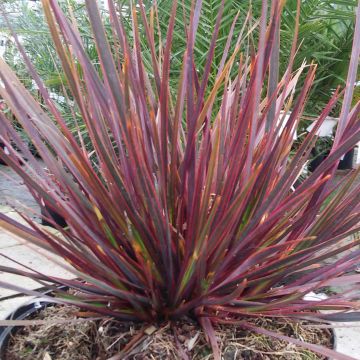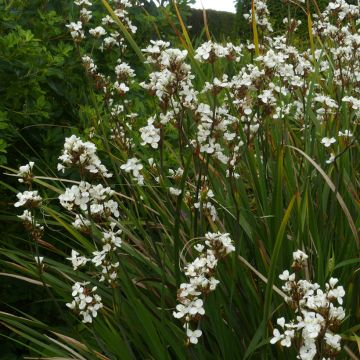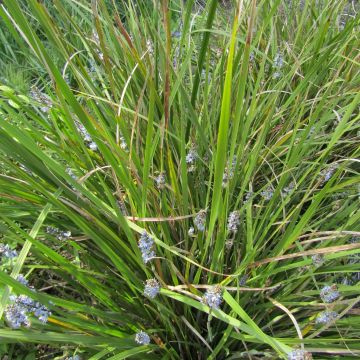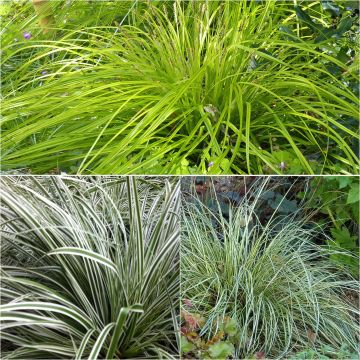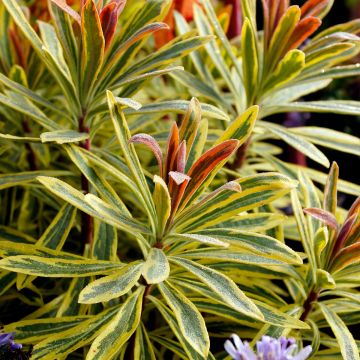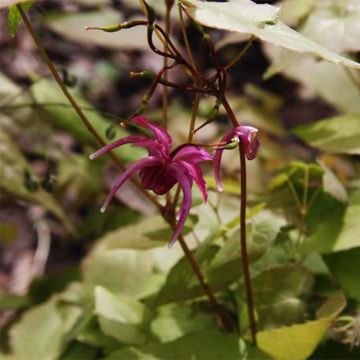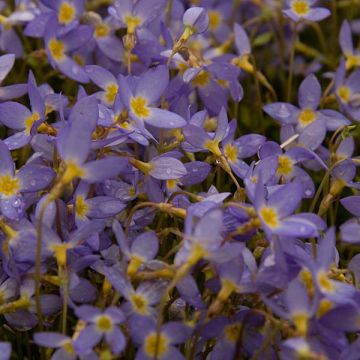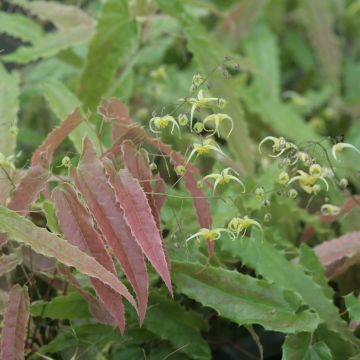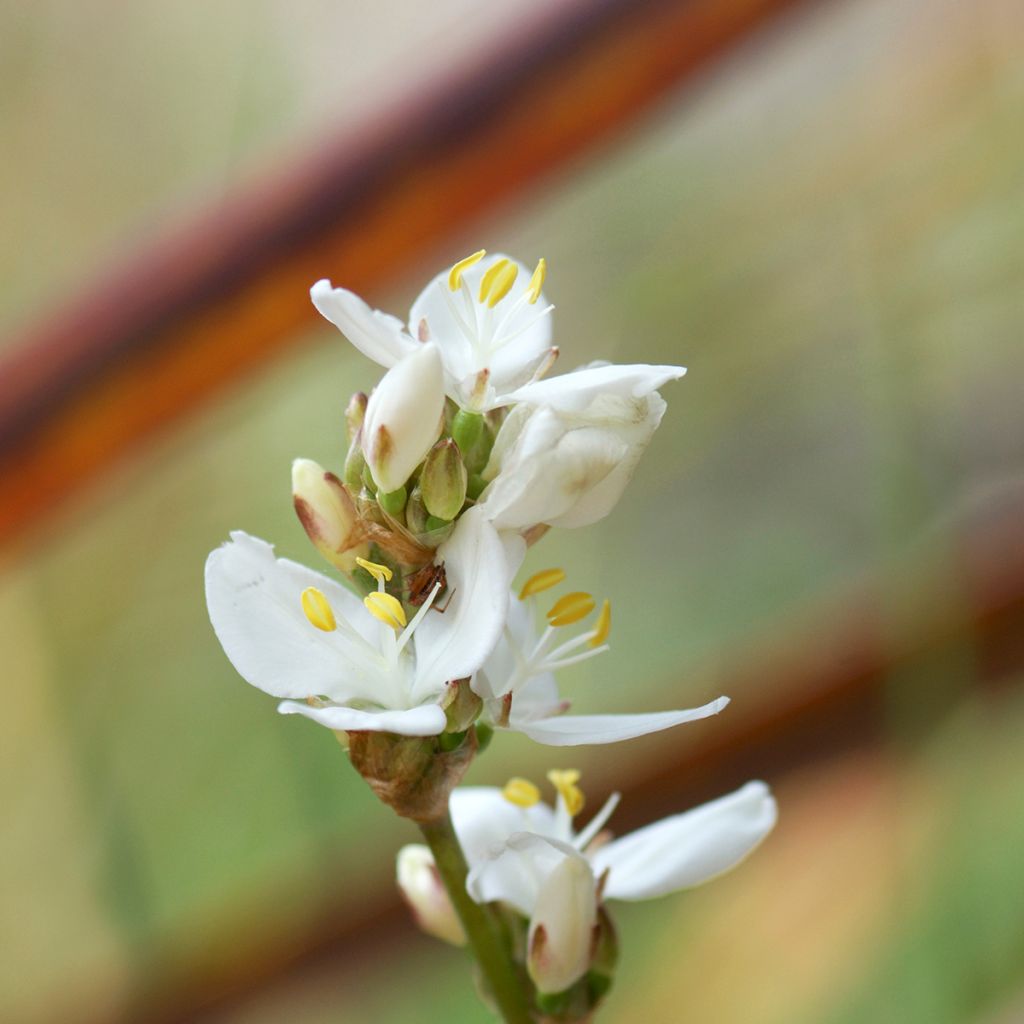

Libertia grandiflora


Libertia grandiflora
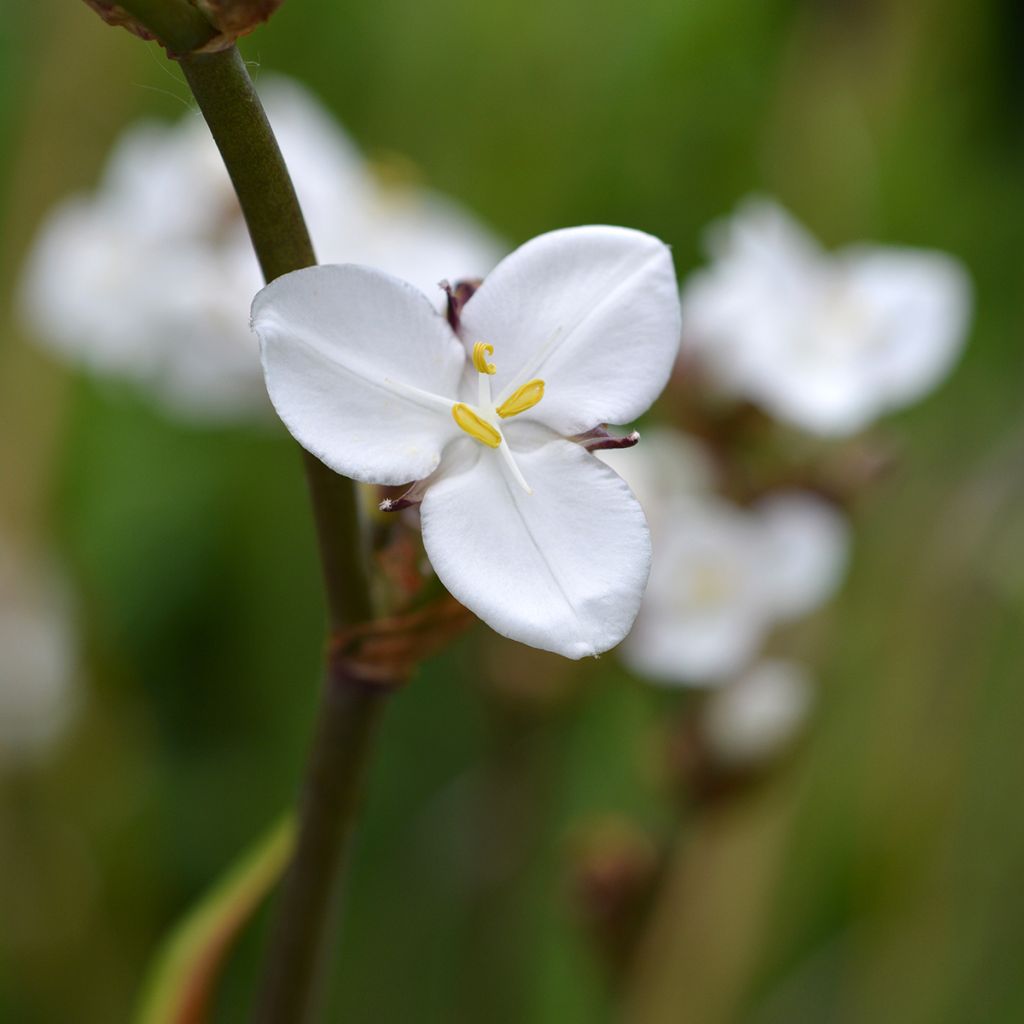

Libertia grandiflora
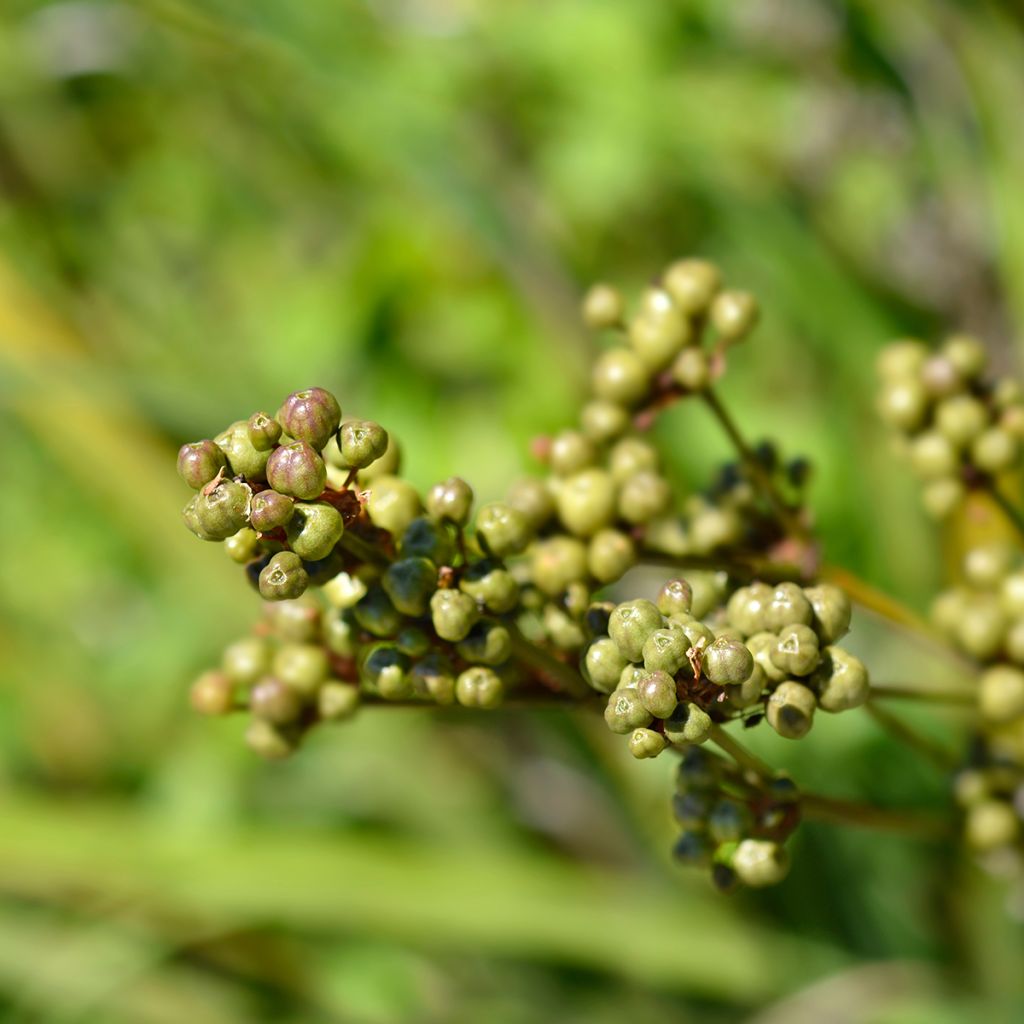

Libertia grandiflora


Libertia grandiflora


Libertia grandiflora
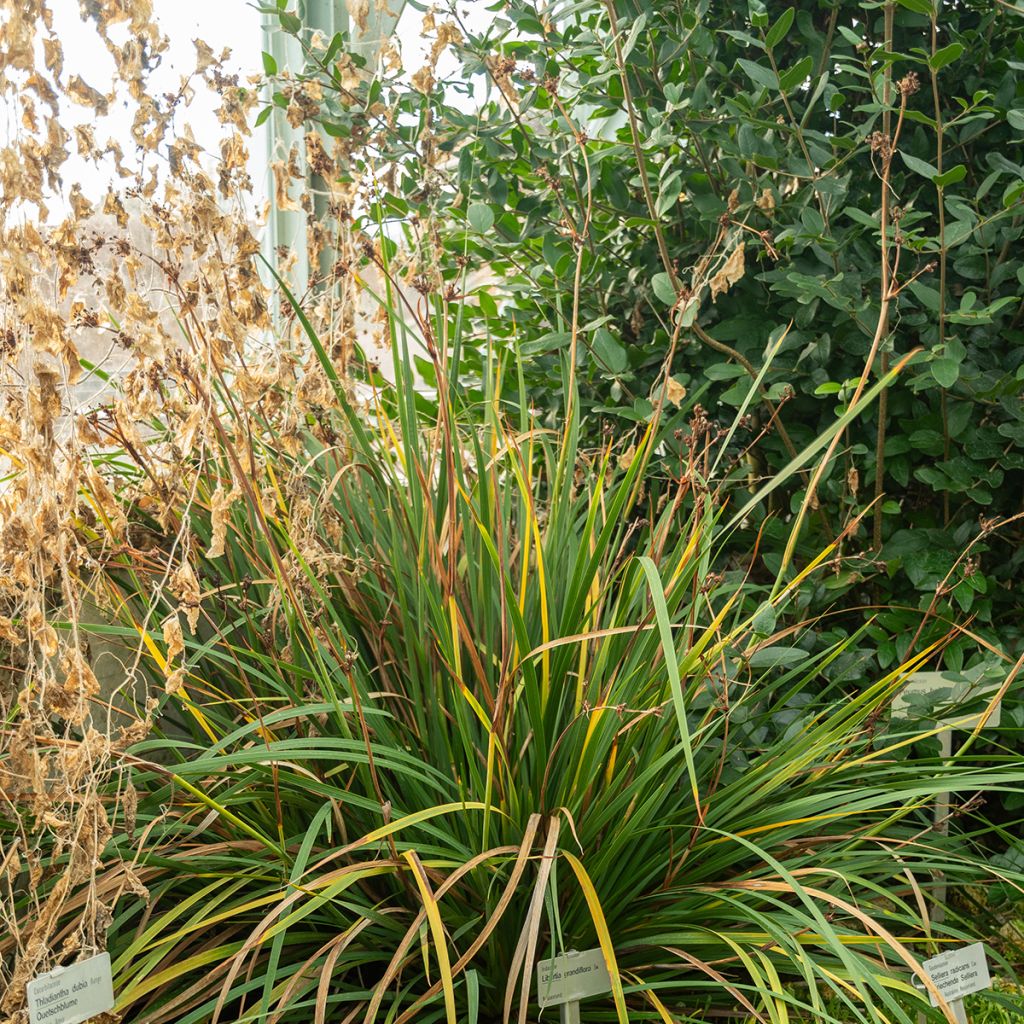

Libertia grandiflora
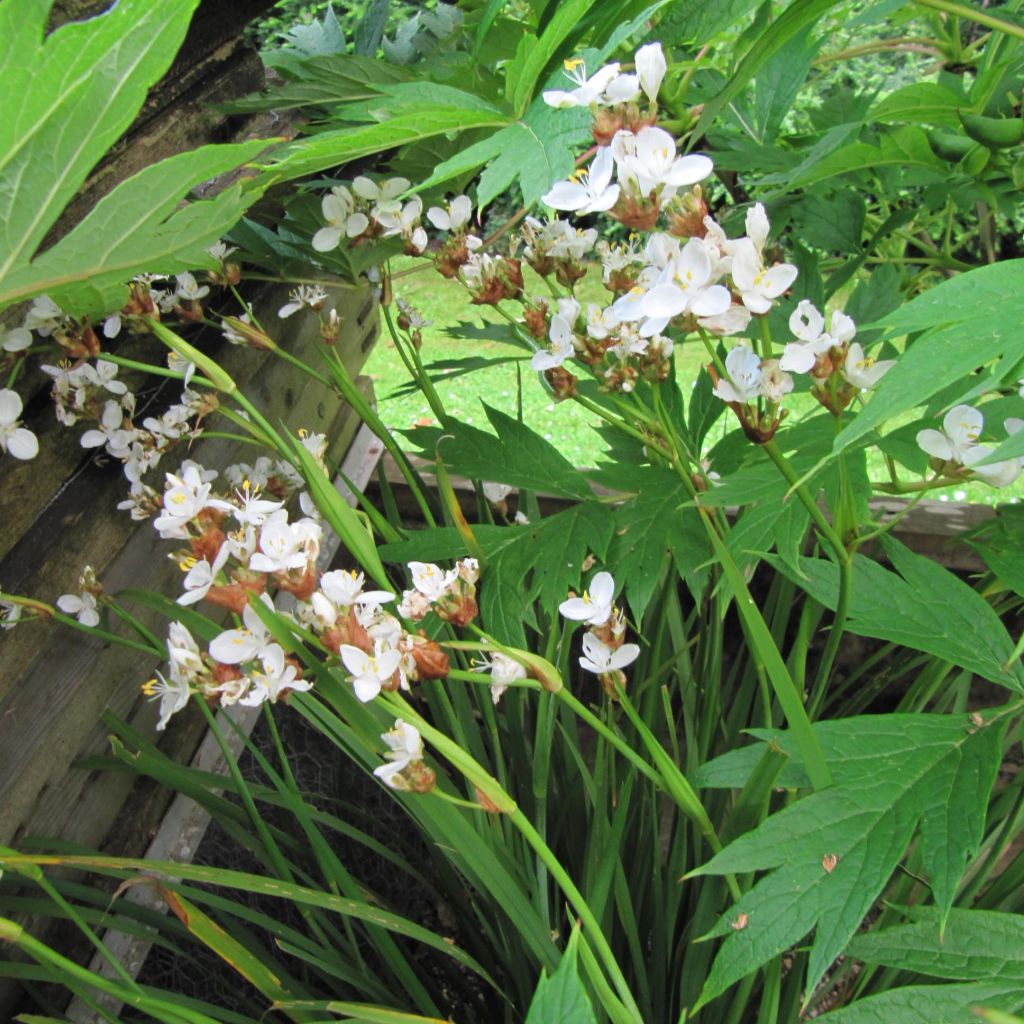

Libertia grandiflora
Libertia grandiflora
Libertia grandiflora
New Zealand Satin Flower
Beautiful young plant. A shoot was given to me by a friend, it has grown quickly and already forms a lovely clump in a sunny bed accompanied by a rhododendron and grasses. I recommend this plant, which is perfectly suited to the British climate as it grows without any issues despite wind and sea spray.
Ivelyne, 05/06/2020
Special offer!
Receive a €20 voucher for any order over €90 (excluding delivery costs, credit notes, and plastic-free options)!
1- Add your favorite plants to your cart.
2- Once you have reached €90, confirm your order (you can even choose the delivery date!).
3- As soon as your order is shipped, you will receive an email containing your voucher code, valid for 3 months (90 days).
Your voucher is unique and can only be used once, for any order with a minimum value of €20, excluding delivery costs.
Can be combined with other current offers, non-divisible and non-refundable.
Home or relay delivery (depending on size and destination)
Schedule delivery date,
and select date in basket
This plant carries a 12 months recovery warranty
More information
We guarantee the quality of our plants for a full growing cycle, and will replace at our expense any plant that fails to recover under normal climatic and planting conditions.
Would this plant suit my garden?
Set up your Plantfit profile →
Description
The Libertia grandiflora, sometimes called New Zealand Satin Flower, is a beautiful rhizomatous perennial plant that is easy to grow and hardy down to -10°C (14°F). It is interesting for its clump-forming habit with stiff, linear foliage, as well as its delicate white flowers, carried on slender stems well above the foliage. They are followed by attractive black fruits when ripe. This plant is ideally planted at the edge of a water feature, in a sunny location. This species grows very well in pots, where it has a great impact.
Libertia grandiflora is a botanical species native to New Zealand belonging to the Iridaceae family. This upright clump-forming perennial will reach a height of 60 cm (24in) to 1.30 m (4ft), a width of 60 cm (24in), with a moderately fast growth rate. It forms a dense, slightly stiff, spreading clump. In late spring and early summer, thin stems appear between the foliage, carrying panicles of 3 to 6 flowers measuring 1.5 to 3 cm (1in) in diameter, with three white petals enclosed in a bract. The centre of the corolla is filled with yellow stamens. The plant produces an abundance of round, black seeds that germinate very easily. It develops evergreen foliage, composed of stiff, linear leaves, 30 to 60 cm (12 to 24in) long and 0.3 to 1.5 cm (0 to 1in) wide, which are a dark green colour.
Plant Libertia grandiflora in any moist but well-drained soil, which is preferably humus-rich. It requires a sunny position to flower. Truly attractive plant in many ways, both opulent and vertical, it is magnificent in water gardens, with a wild or even Asian-inspired look due to its clean shapes. It highlights both the layout of a pathway and the banks of a pond, or the surroundings of waterfalls and artificial streams. It pairs well with Sisyrinchium, Crocosmia crocosmiiflora Emily McKenzie, Liatris, or Calamagrostis x acutiflora 'Karl Foerster'. This perennial will be appreciated in fresh rockeries, containers, borders, waterfalls, streams, banks, flower beds, or lagoons.
Report an error about the product description
Libertia grandiflora in pictures
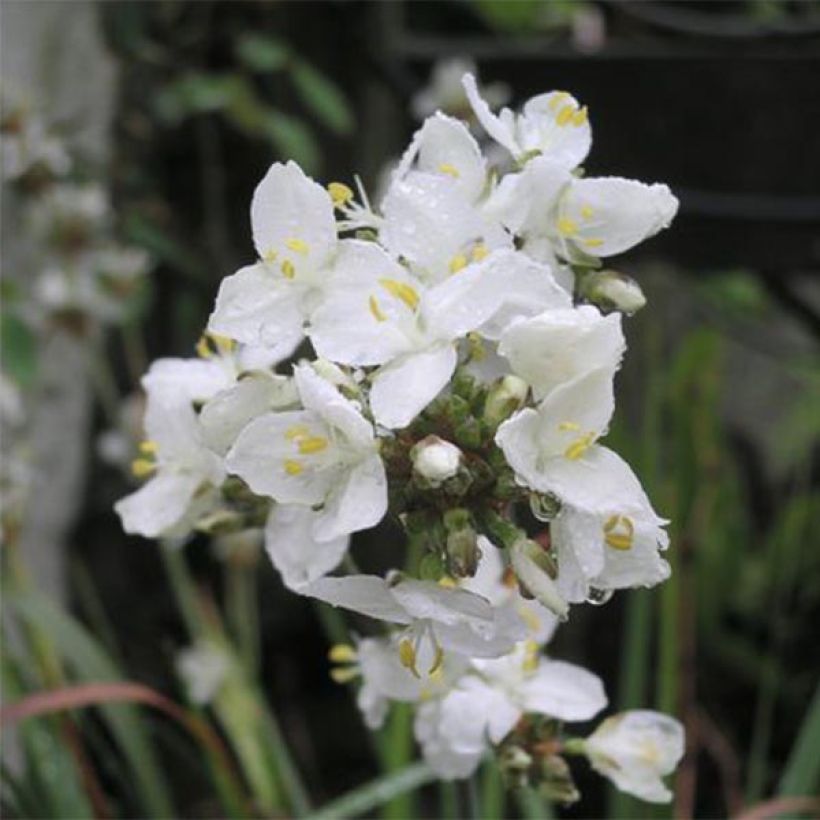



Flowering
Foliage
Plant habit
Botanical data
Libertia
grandiflora
Iridaceae
New Zealand Satin Flower
Oceania
Other Libertia
View all →Planting and care
Plant Libertia in any ordinary, moist but well-drained, rather fertile and humus-rich soil. It requires a sunny position to flower. This perennial is hardy down to -7/-8°C (19.4/17.6°F) in well-drained and porous soil. In very cold climates, it may be useful to mulch the base of the plant in anticipation of heavy frosts. If seed formation is to be avoided, faded inflorescences should be removed.
Planting period
Intended location
Care
-
, onOrder confirmed
Reply from on Promesse de fleurs
Similar products
Haven't found what you were looking for?
Hardiness is the lowest winter temperature a plant can endure without suffering serious damage or even dying. However, hardiness is affected by location (a sheltered area, such as a patio), protection (winter cover) and soil type (hardiness is improved by well-drained soil).

Photo Sharing Terms & Conditions
In order to encourage gardeners to interact and share their experiences, Promesse de fleurs offers various media enabling content to be uploaded onto its Site - in particular via the ‘Photo sharing’ module.
The User agrees to refrain from:
- Posting any content that is illegal, prejudicial, insulting, racist, inciteful to hatred, revisionist, contrary to public decency, that infringes on privacy or on the privacy rights of third parties, in particular the publicity rights of persons and goods, intellectual property rights, or the right to privacy.
- Submitting content on behalf of a third party;
- Impersonate the identity of a third party and/or publish any personal information about a third party;
In general, the User undertakes to refrain from any unethical behaviour.
All Content (in particular text, comments, files, images, photos, videos, creative works, etc.), which may be subject to property or intellectual property rights, image or other private rights, shall remain the property of the User, subject to the limited rights granted by the terms of the licence granted by Promesse de fleurs as stated below. Users are at liberty to publish or not to publish such Content on the Site, notably via the ‘Photo Sharing’ facility, and accept that this Content shall be made public and freely accessible, notably on the Internet.
Users further acknowledge, undertake to have ,and guarantee that they hold all necessary rights and permissions to publish such material on the Site, in particular with regard to the legislation in force pertaining to any privacy, property, intellectual property, image, or contractual rights, or rights of any other nature. By publishing such Content on the Site, Users acknowledge accepting full liability as publishers of the Content within the meaning of the law, and grant Promesse de fleurs, free of charge, an inclusive, worldwide licence for the said Content for the entire duration of its publication, including all reproduction, representation, up/downloading, displaying, performing, transmission, and storage rights.
Users also grant permission for their name to be linked to the Content and accept that this link may not always be made available.
By engaging in posting material, Users consent to their Content becoming automatically accessible on the Internet, in particular on other sites and/or blogs and/or web pages of the Promesse de fleurs site, including in particular social pages and the Promesse de fleurs catalogue.
Users may secure the removal of entrusted content free of charge by issuing a simple request via our contact form.
The flowering period indicated on our website applies to countries and regions located in USDA zone 8 (France, the United Kingdom, Ireland, the Netherlands, etc.)
It will vary according to where you live:
- In zones 9 to 10 (Italy, Spain, Greece, etc.), flowering will occur about 2 to 4 weeks earlier.
- In zones 6 to 7 (Germany, Poland, Slovenia, and lower mountainous regions), flowering will be delayed by 2 to 3 weeks.
- In zone 5 (Central Europe, Scandinavia), blooming will be delayed by 3 to 5 weeks.
In temperate climates, pruning of spring-flowering shrubs (forsythia, spireas, etc.) should be done just after flowering.
Pruning of summer-flowering shrubs (Indian Lilac, Perovskia, etc.) can be done in winter or spring.
In cold regions as well as with frost-sensitive plants, avoid pruning too early when severe frosts may still occur.
The planting period indicated on our website applies to countries and regions located in USDA zone 8 (France, United Kingdom, Ireland, Netherlands).
It will vary according to where you live:
- In Mediterranean zones (Marseille, Madrid, Milan, etc.), autumn and winter are the best planting periods.
- In continental zones (Strasbourg, Munich, Vienna, etc.), delay planting by 2 to 3 weeks in spring and bring it forward by 2 to 4 weeks in autumn.
- In mountainous regions (the Alps, Pyrenees, Carpathians, etc.), it is best to plant in late spring (May-June) or late summer (August-September).
The harvesting period indicated on our website applies to countries and regions in USDA zone 8 (France, England, Ireland, the Netherlands).
In colder areas (Scandinavia, Poland, Austria...) fruit and vegetable harvests are likely to be delayed by 3-4 weeks.
In warmer areas (Italy, Spain, Greece, etc.), harvesting will probably take place earlier, depending on weather conditions.
The sowing periods indicated on our website apply to countries and regions within USDA Zone 8 (France, UK, Ireland, Netherlands).
In colder areas (Scandinavia, Poland, Austria...), delay any outdoor sowing by 3-4 weeks, or sow under glass.
In warmer climes (Italy, Spain, Greece, etc.), bring outdoor sowing forward by a few weeks.






























